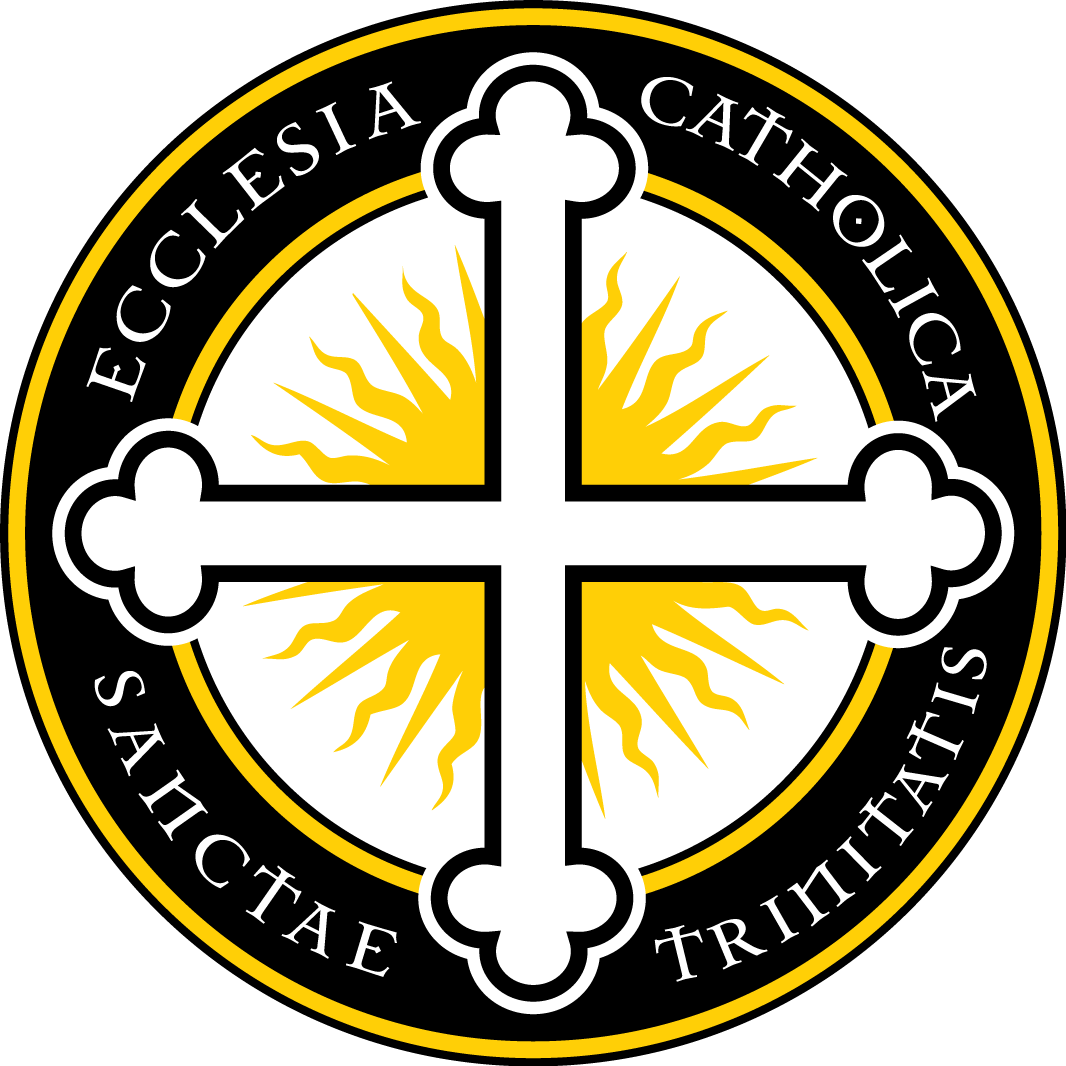A President, a Pope, and a Vestment
By David Pennington
Originally printed in the November 14, 2021 parish bulletin.
It’s not every day that a Roman Catholic parish gets an email from the State Department asking for historic materials that could be made into a diplomatic gift for a “high-level meeting.” Tom Favret, the parish’s Managing Director, emailed me some weeks ago inquiring about marble we salvaged from the old baptismal font (and an old pulpit before that). But, my mind went immediately to an old fiddleback chasuble hanging in the sacristy closet.
The chasuble wasn’t always in the sacristy. When I first arrived at the parish in 2013, I did an inventory of the liturgy department’s storage in the basement. I happened upon a Tupperware container filled with random scraps of polyester and quilted banners. Digging through the box, an almost threadbare, gold galloon caught my attention. I dug down and found an old fiddleback chasuble, beautifully lined in silk and woven with images of pomegranates (a symbol both of Christ’s passion and resurrection and fecundity and new life), other fruits, and flowers. Its style and shape suggested use from a different era.
On closer inspection, I found two labels. One was a manufacturer’s tag indicating that it had been made in Rome by Gammarelli, the sixth-generation, family-owned tailor shop that has outfitted the popes since the late 1700s. The second was a handsewn memorial label which read, “A Gift of Genevieve Brady – In Memory of Nicholas Brady.” The memorial label helped to put the vestment in context.
Genevieve Brady was veritable Catholic royalty in the early 1900s, made a papal duchess by Pius XI. Nicholas Brady, a utility titan, and Mrs. Brady, a philanthropist and patron of welfare agencies, were incredibly generous to the efforts of the Church. When Eugenio Pacelli, later Pius XII, toured the United States in 1936, Mrs. Brady entertained him at her home, Inisfada, on Long Island. After her death in 1938, Inisfada was given to the Society of Jesus for use as a seminary and, later, as St. Ignatius Retreat House. (Its chapel was named in honor of St. Genevieve.)
In 1929, Mr. and Mrs. Brady donated over $2 million for the construction of the St. Isaac Jogues Novitiate at Wernersville, PA, where many of the parish’s Jesuits went to novitiate. Both Genevieve and Nicholas Brady are buried in the crypt at Wernersville. One can imagine that Mrs. Brady, on a trip to Rome after Mr. Brady’s death in 1930, might have commissioned a set of vestments in honor of her late husband, donating them to the Novitiate at Wernersville or the seminary at Inisfada, maybe even being worn by Cardinal Pacelli during his visit in 1936.
With such connections to the Society of Jesus, Genevieve and Nicholas Brady and their connections to Rome, and our parish, this chasuble seemed like the natural gift to connect President Biden’s DC parish and Pope Francis, the first Jesuit pope.
And one last note. The word chasuble comes from the Latin word casula, which means “little house.” It has its roots in the outer, cloak-like garment worn by ancient Romans that would fall below the knee. It was a protective garment against cold and rain. Fittingly, President Biden presented another gift to Pope Francis — winter coats for people experiencing poverty. While the beautiful and historic chasuble links our parish to Pope Francis in a remarkable way, President Biden’s gifts of casulae for the poor might be a closer link to Jesus himself.

